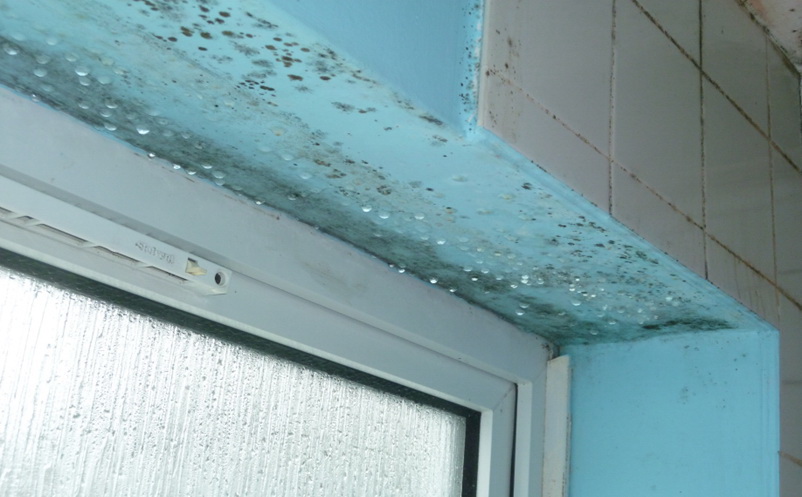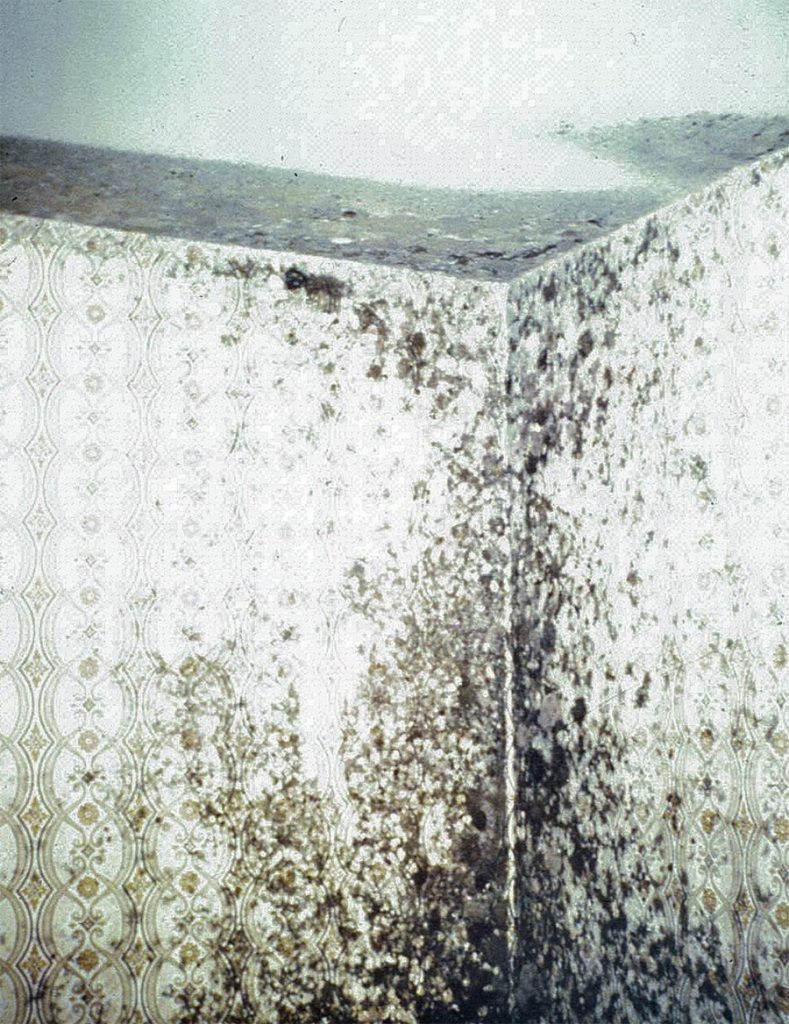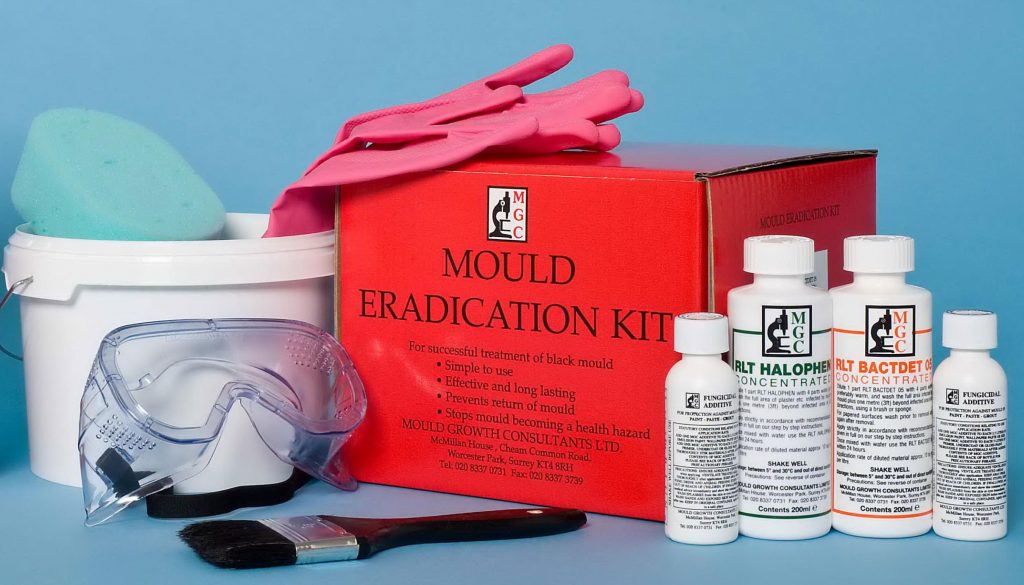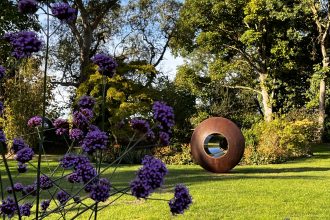CONDENSATION & BLACK MOULD PROBLEMS

‘My walls are damp’, ‘my ceiling is damp’, there are not many Maintenance Managers, Housing Managers and Surveyors across the Country who have not heard this complaint from tenants in the “condensation season” from October to April. But it is not damp in the truest sense – there are 14 different varieties of damp, ranging through from rising damp, penetrating damp, bursts, leaks, spillages to condensation. 80-85% of the complaints of damp are complaints of condensation which have resulted in black mould growing on the walls and ceilings, only 15-20% are true damp problems.
Black mould problems are a favourite topic for the Local Press and this year have attracted the attention of ITV news investigators and National Newspaper coverage which has not been very good publicity for certain Local Authorities and Housing Associations.
It is easy to underestimate the potential damage and harm that unchecked condensation causes until it leads to black mould – the internal fabric of the building starts to deteriorate and tenants’ health and wellbeing becomes affected. The causes of condensation are easy to identify: poorly insulated walls, inadequate heating and insufficient ventilation, high production of steam and water vapour from cooking, or drying laundry on radiators or in a kitchen or bathroom without an open window or an efficient extractor. Many homes still use paraffin heaters and LPG gas stoves, also, washing machines, tumble dryers and dishwashers installed without external vents. In addition regrettably, there are substantial numbers of people who reside in hard-to-heat homes ie, solid wall properties or are fuel poor and, unable to heat the properties to a habitable level. Recent fuel price and cost of living increases have pushed more people into fuel poverty, in these situations, condensation and mould problems are inevitable.
The incidence of condensation has increased tenfold in the past decade and is attributable to a number of historical factors. The increase started back in the 1960s and 70s with the modernisation of houses, installing inside toilets, new bathrooms, removal of sash windows, open fires, chimneys and the installation of central heating, however, not full house only partial, just ground floor heating. With the demand for housing in the 50s and 60s Councils and Housing Associations were forced to opt for high density housing, blocks of high rise and low rise flats utilising concrete as the main building component. In addition to being very cold and costly to heat there were additional problems of cold bridging from cantilever beams and ring beams. Council energy conservation works with the installation of double glazed windows, loft insulation, cavity fill and draught excluders have had the effect to reduce ventilation creating effectively hermetically sealed dwellings which dramatically increased the incidence of condensation.
Condensation is frequently found in homes where families are out during the day and where cooking, washing and bathing is concentrated into a short period in the evenings. Moisture is created before the fabric of the building has had time to warm up and cannot escape before the structure cools down. Dwellings with a large number of inhabitants will also fall prey to condensation simply through the number of occupants. A typical family can produce up to 25 pints of water vapour a day – this has to go somewhere and, where it comes into contact with any cold surfaces such as walls, ceilings and windows, condensation will form. Condensation does much more than affect the occupants and cause windows and walls to run with water – left to its own devices the moisture will permeate the decorations, then the substrate materials will degrade resulting in extensive growth of black disfiguring mould.
Mould is not only ugly, it causes untold misery to tenants with black growths covering their walls and ceilings, clothes and furnishings being contaminated and their health at serious risk from the air-borne spores, as well as unpleasant musty smells pervading throughout the property.
Every dwelling, irrespective of its construction contains within its fabric mould spores which are dormant and completely harmless. Mould needs very little nutrients and will grow on walls and ceilings irrespective of the decorative finish. Mould will start in corners, wall junctions and behind wardrobes, areas of least air movement, which are the areas where moisture is condensing. Mould grows in hyperbolic curves following the thermal contours of the wall, if not growing in these patterns possibly the cause is not condensation.
The health risk of living in properties contaminated with mould is an important consideration. Mould spores will cause a wide range of upper respiratory complaints and allergic reactions including asthma, bronchitis, nausea, malaise, food poisoning Ref’s:- British Medical Journal – Dr S. Platt 24.06.89, Environmental Health Professional Practice Volume I 1985, The Royal Institute of Public Health – Oct 93, World Health Organisation, Dampness and Mould Report 2007, The National Asthma Campaign. Furthermore, living in cold properties has additional and very serious risks to health and well-being, ranging from cardiovascular disease through to hypothermia in extreme conditions, there are over 65,000 cold related deaths through the year in the UK (Dept of Health 2021).
It is extremely unfortunate that it has taken the recent tragic death of a child due to mould, according to the coroner, for the problems of mould to be acknowledged and addressed with the seriousness they deserve.
Mould also attacks foodstuffs resulting in dangerous toxins which can give rise to food poisoning. Under the Housing Health and Safety Rating System (HHSRS) mould is a Category 1 hazard and the Homes (Fitness for Human Habitation) Act 2018 states, it is the responsibility of the landlord to resolve the problems. In a recent publication the Housing Ombudsman has now stated the problems of mould and condensation cannot be attributed to “life style issues”.
MGC’s mould treatments have been successfully used for over 56 years by Local Authorities, Housing Associations, private landlords and homeowners. All MGC mould treatments, fungicidal additives and fungicidal paints are approved under COPR 1986 (As amended) by the Health and Safety Executive and listed in M3NHF Schedule of Rates for mould treatment.
There is a bulk treatment for Works Departments and contractors which eradicates the mould problem giving a guaranteed 5 year life. A smaller kit is approved for amateur/tenant use for dealing with 10-122m patches of mould.
Sempatap Thermal will prevent moisture condensing on surfaces, it is particularly beneficial in hard to heat homes and to alleviate cold bridging from cantilever beams and ring beams, also on dormer ceilings and mansard roofs, it lowers the “u” value of the surface, reduces heat loss and makes rooms warmer immediately.
In addition to the supply of products for mould and condensation problems, MGC also provide Seminars for Local Authority and Housing Association staff on Condensation, Damp and Mould Growth and toolbox training for works departments on the correct application of MGC materials.
For current offers and promotions visit our website www.mgcltd.co.uk











